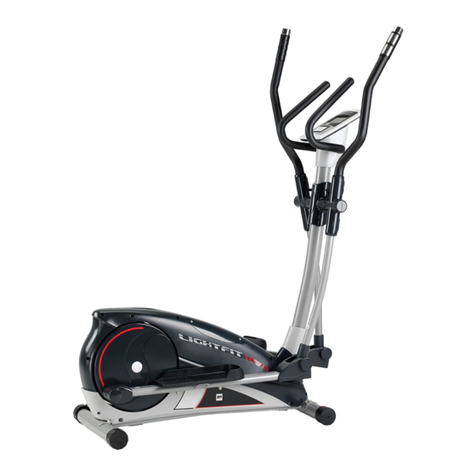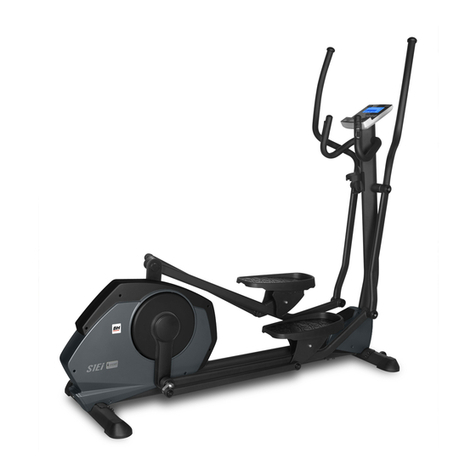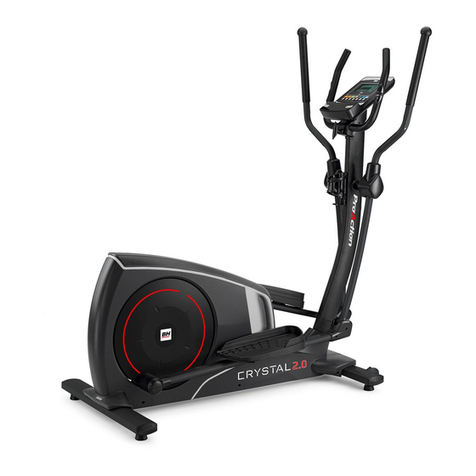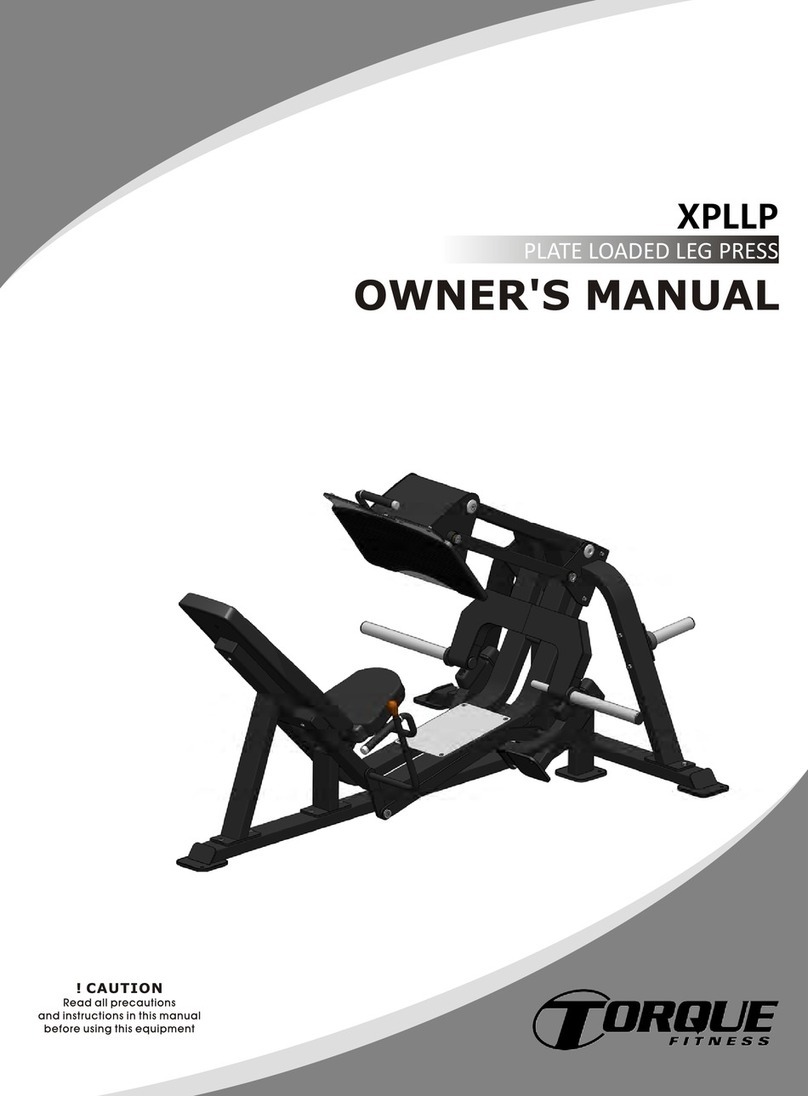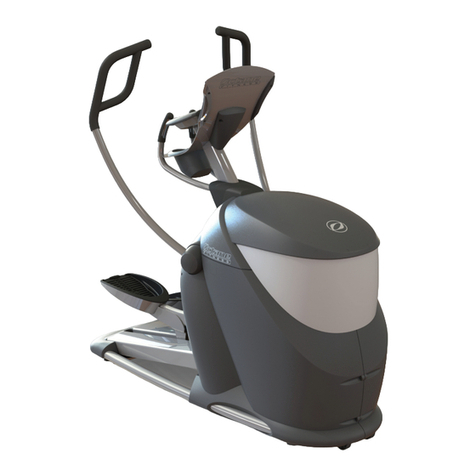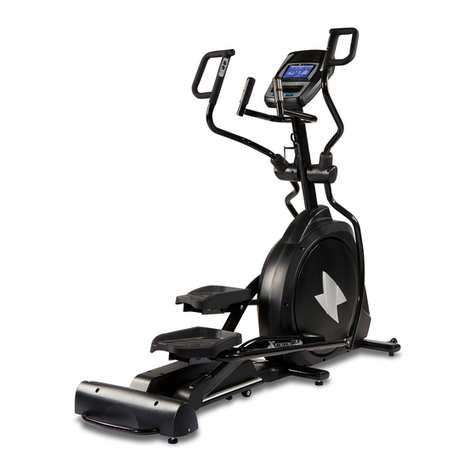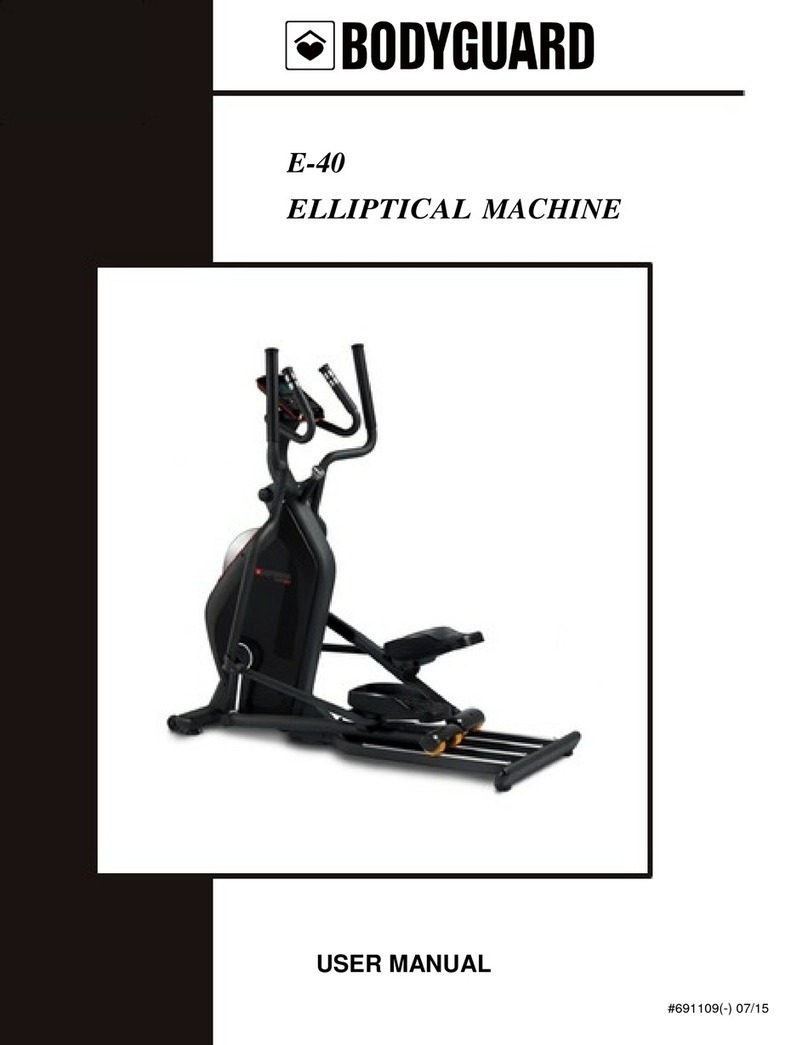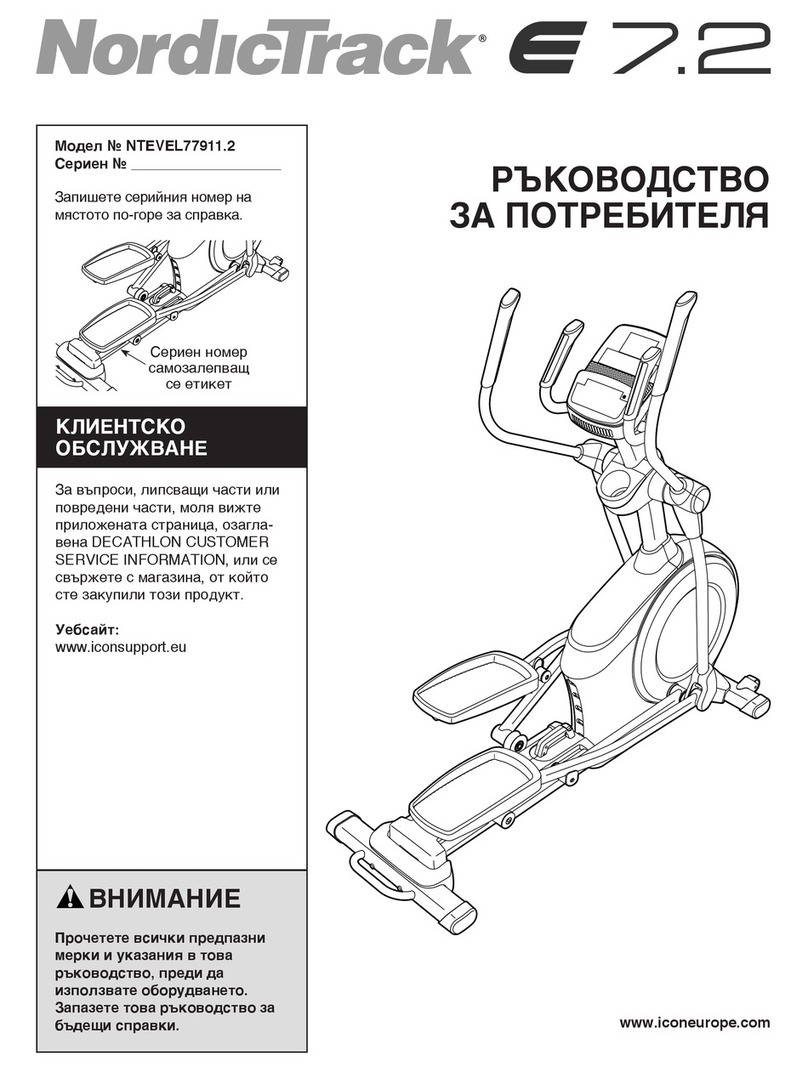BH FITNESS G875 Operator's manual
Other BH FITNESS Elliptical Trainer manuals

BH FITNESS
BH FITNESS S5Xi User manual
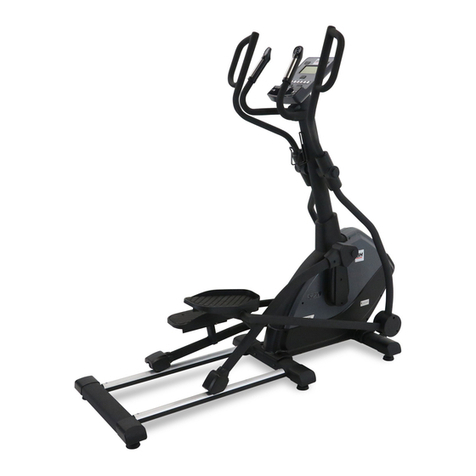
BH FITNESS
BH FITNESS S2Xi User manual

BH FITNESS
BH FITNESS G868i Operator's manual

BH FITNESS
BH FITNESS XS5 - User manual
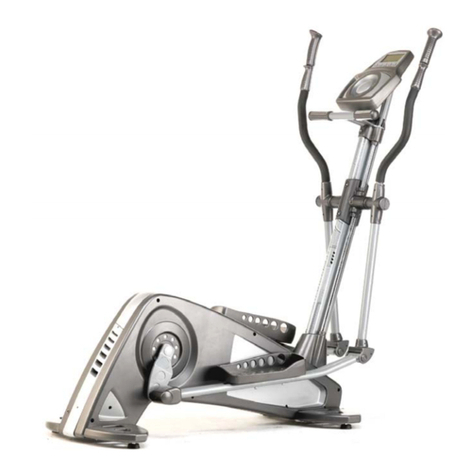
BH FITNESS
BH FITNESS G-238 Operator's manual
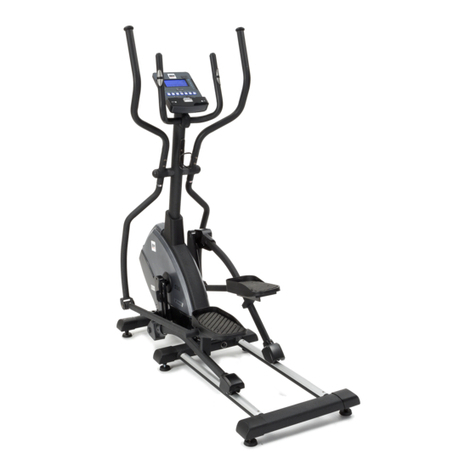
BH FITNESS
BH FITNESS S1Xi User manual

BH FITNESS
BH FITNESS G2336B Operator's manual

BH FITNESS
BH FITNESS H9176 Operator's manual
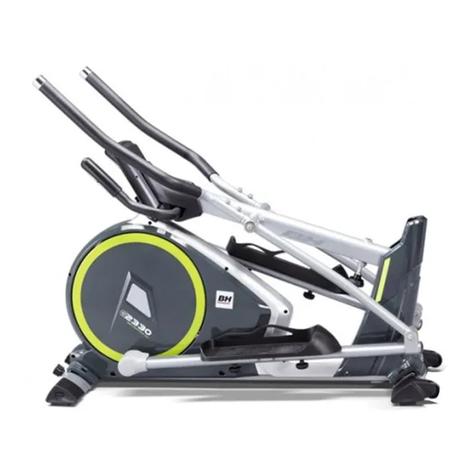
BH FITNESS
BH FITNESS G2330 User manual
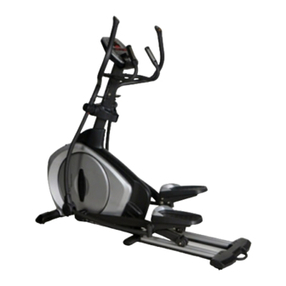
BH FITNESS
BH FITNESS XS8 - User manual
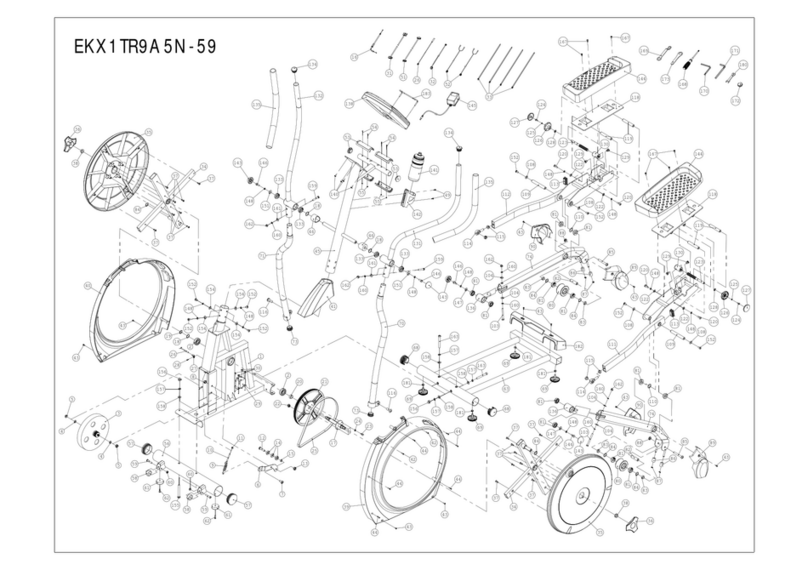
BH FITNESS
BH FITNESS EKX1TR9A5N-59 - PART LIST AND DIAGRAM User manual

BH FITNESS
BH FITNESS G2376 Operator's manual
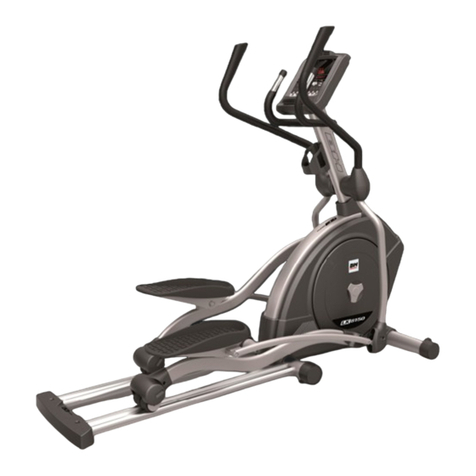
BH FITNESS
BH FITNESS G815 Operator's manual
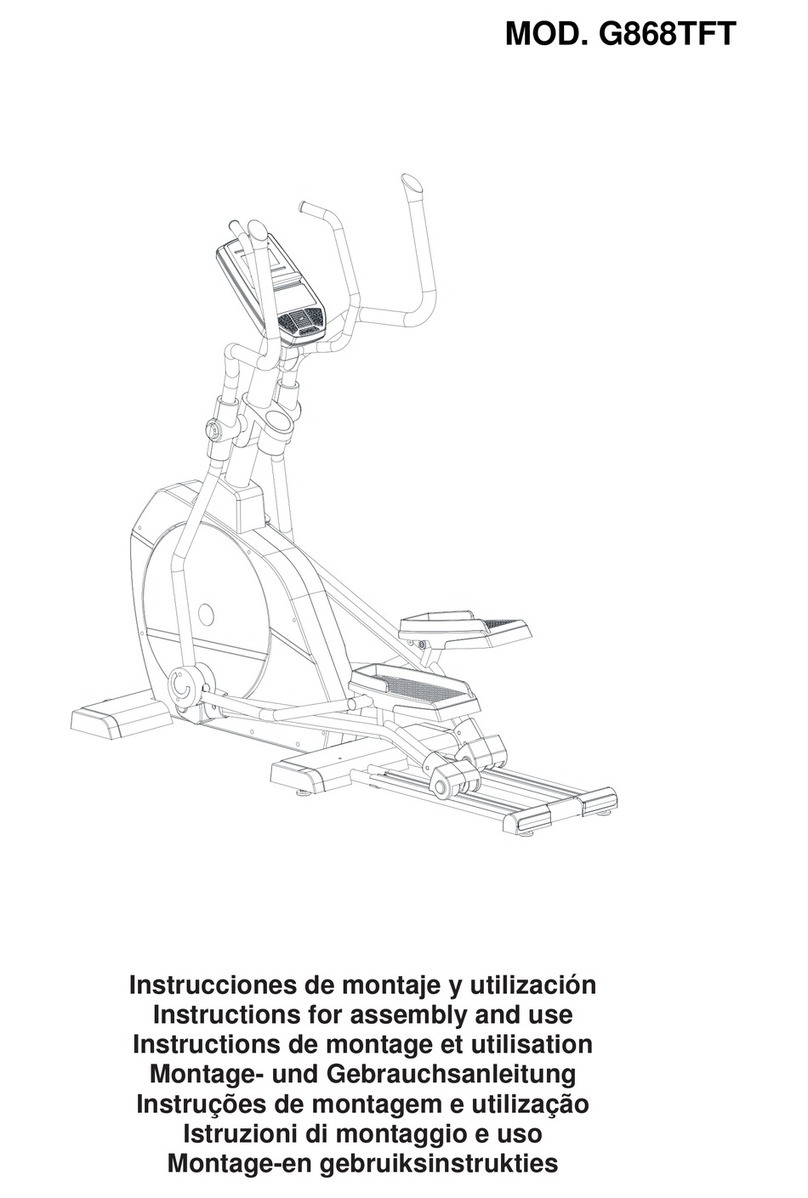
BH FITNESS
BH FITNESS G868TFT Operator's manual

BH FITNESS
BH FITNESS G825BM Operator's manual

BH FITNESS
BH FITNESS LK500X User manual

BH FITNESS
BH FITNESS G2378 Operator's manual

BH FITNESS
BH FITNESS G2388iE/02 Operator's manual
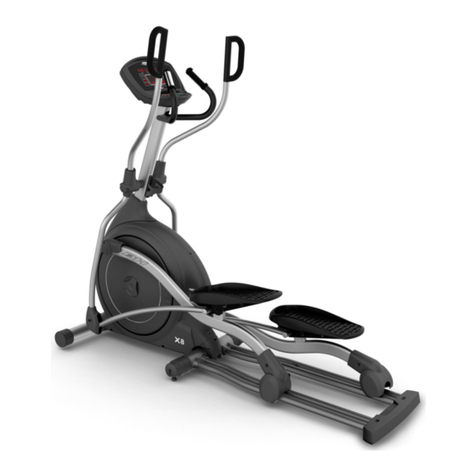
BH FITNESS
BH FITNESS X8 ELLIPTICAL User manual
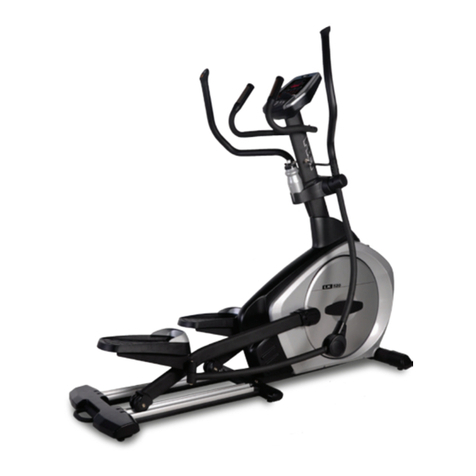
BH FITNESS
BH FITNESS LK520 User manual
Popular Elliptical Trainer manuals by other brands
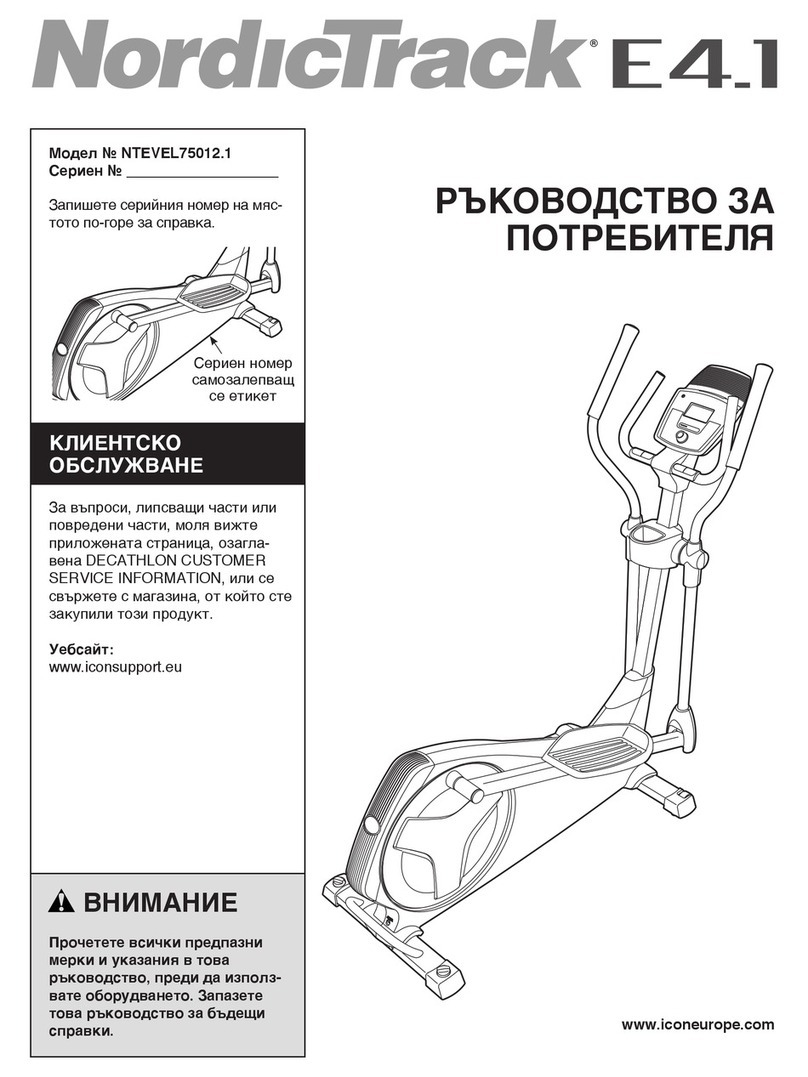
NordicTrack
NordicTrack E4.1 Elliptical null

NordicTrack
NordicTrack E4.1 Elliptical null
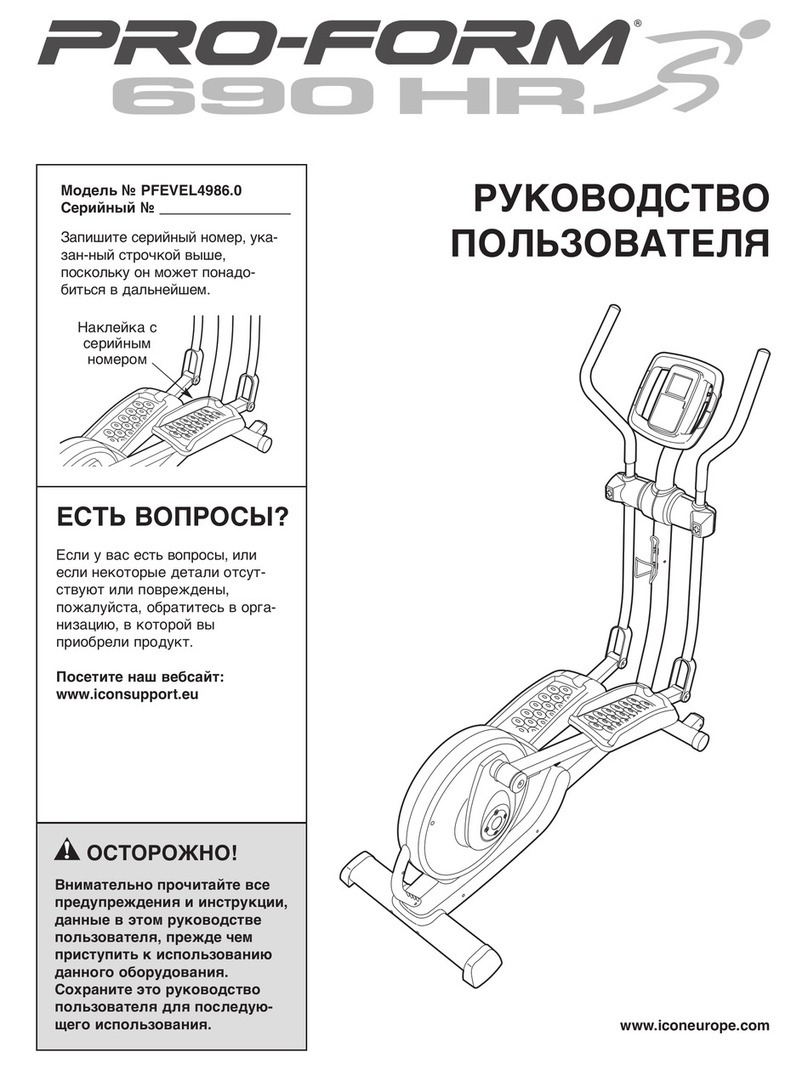
Pro-Form
Pro-Form 690 Hr Elliptical null
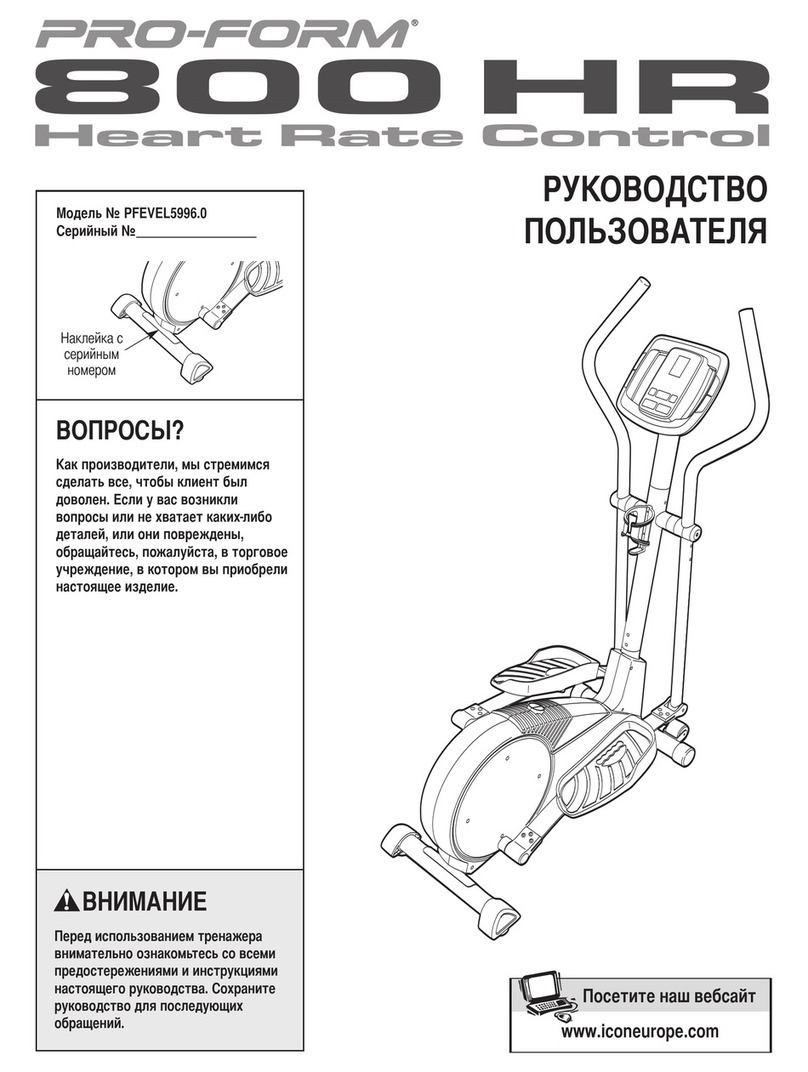
Pro-Form
Pro-Form 800 Hr Heart Rate Control Elliptical null

Weslo
Weslo Momentum 4.0 Elliptical Manuale d'istruzioni

Progear Fitness
Progear Fitness Air elliptical pro 1307 owner's manual
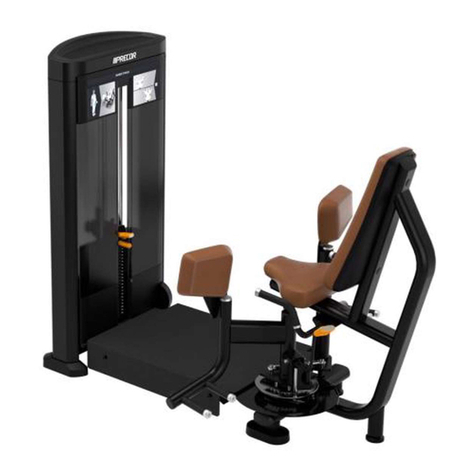
Precor
Precor Resolute RSL 620 Assembly guide

NordicTrack
NordicTrack E 9.2 Elliptical HASZNALATI UTASITAS

Vision Fitness
Vision Fitness X6600iNetTV Assembly guide

Matrix
Matrix MX-A5x owner's manual

SportsArt Fitness
SportsArt Fitness ECO-NATURAL Elite E874 owner's manual
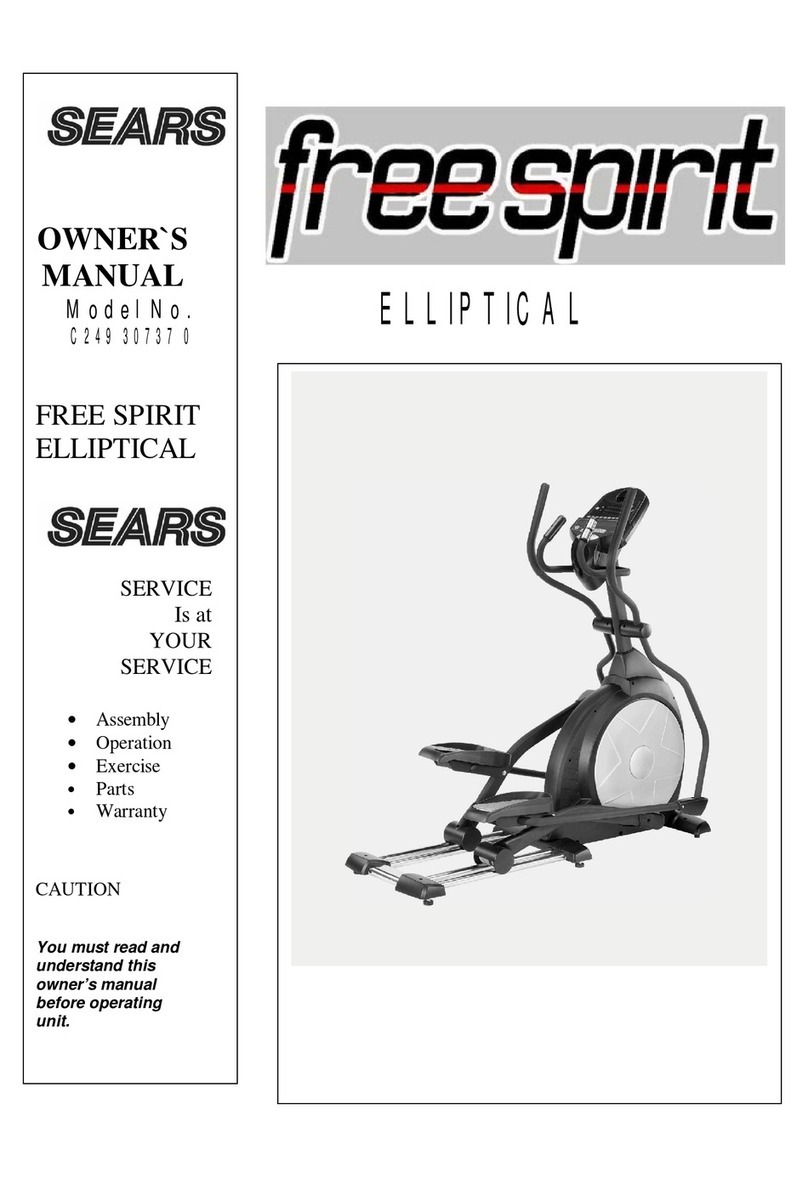
Sears
Sears FREE SPIRIT C249 30737 0 owner's manual
